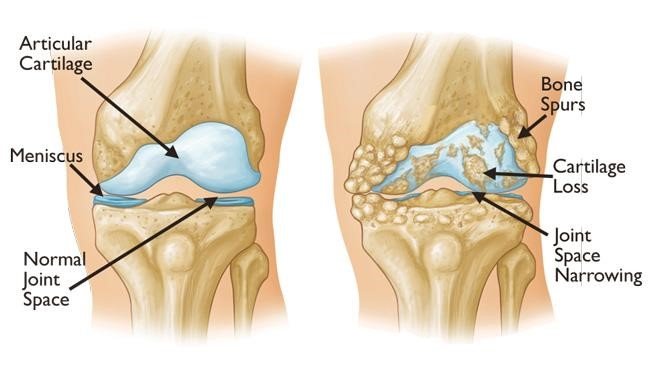Total knee replacement is evolving in ways that will improve outcomes for our patients in the future. While around 95% of knee replacements are good or excellent at five years, there is still room to reduce problems with Total Knee cases in the future. Two areas where technology is guiding surgery outcomes are in the precision for positioning components and in eliminating the need for acrylic bone cement, which sometimes crumbles or loosens.
Component Positioning with Surgical Robot
One advancement over the past few years is the use of a surgical robot as a tool to optimize the precision in the process of putting the implant in the best position possible. We at NEOSM have been using this device with great success since 2017, and our results have been incredible. The surgeon can make real-time adjustments to their preoperative plans during the case, measuring each decision against the robotic feedback that technology gives us. This decreases the likelihood of the knee being too loose or too tight, and allows the surgeon to test stability before the end of the case.
Cementless Knee Replacements with Robotic Guidance
The precision of robotic surgery helps us meet another need for future knee replacement patients. In total knee replacements, acrylic bone cement is applied to the undersurface of the metallic components and acts as a cement to provide stability. The downside is that bone cement is a brittle substance. It does not flex and deform with motion. Rather, it tends to crack and does not heal itself. Over time pieces can break off and act as particles to create debris in the joint which can be abrasive. If the use of cement can be avoided then there will only be a bone-metal connection with no debris. Robotic surgery provides a predictably precise surface upon which to rest a “press-Fit” total knee replacement, allowing for a cleaner match and better outcome. The immediate stability is achieved by the pegs and surface shapes of the total knee implant components, and, in the long term, the porous inner surfaces of the devices provide a way for bone to grow into the tiny spaces and form a long term bond.
Cementless knee replacements are not new. They have been around for decades, but recently the popularity of this technology has grown when used alongside robotic guidance. Currently only a small number of patients who have ideal circumstances receive cementless total knee replacements, but that number may grow if it becomes apparent in the long run, there are even better outcomes in the future. NEOSM surgeons remain attentive to emerging trends and we are applying these advances to our patients with careful consideration.
Each case is different, so we encourage you to schedule your consultation with one of our orthopedic surgeons today to discuss options available to you.






